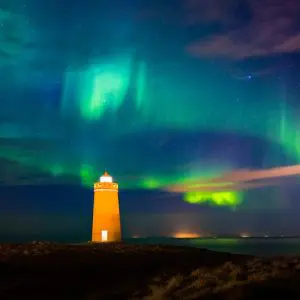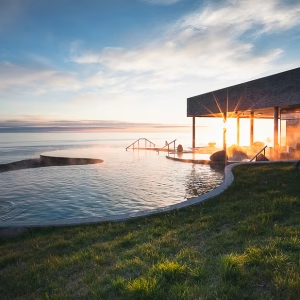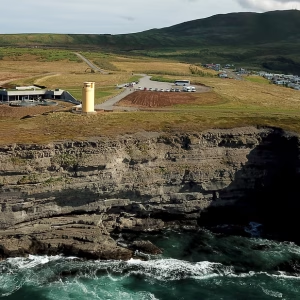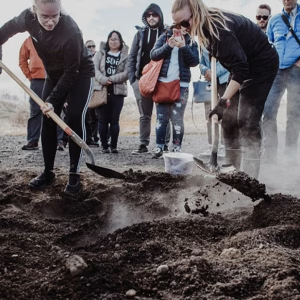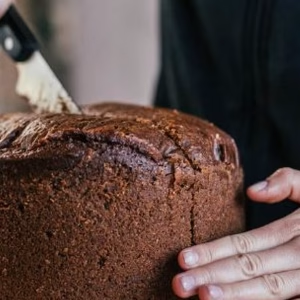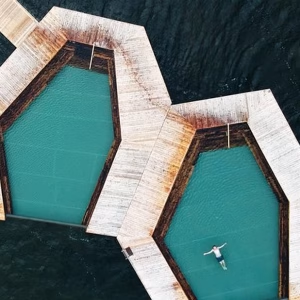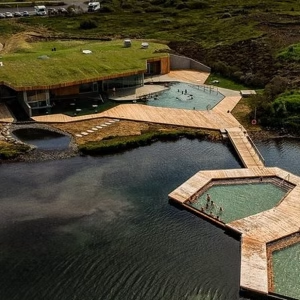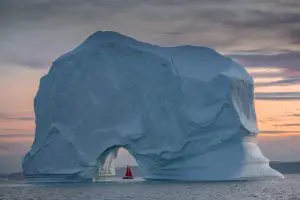Hot Springs & Spa Trips in Iceland
Hot Springs & Spa Tours
Choose a Perfect Hot Springs & Spa Tours in Iceland
 Here in Iceland, geothermal energy isn’t just a resource — it’s part of daily life. From heating our homes to relaxing in naturally warm waters, it’s how we connect with the volcanic forces that shape this island. For visitors, there’s no better way to experience this than by immersing themselves in one of Iceland’s hot springs or geothermal spas, a tradition that’s as rejuvenating as it’s unforgettable.
Here in Iceland, geothermal energy isn’t just a resource — it’s part of daily life. From heating our homes to relaxing in naturally warm waters, it’s how we connect with the volcanic forces that shape this island. For visitors, there’s no better way to experience this than by immersing themselves in one of Iceland’s hot springs or geothermal spas, a tradition that’s as rejuvenating as it’s unforgettable.
Everyone’s heard of the Blue Lagoon, just a short drive from Reykjavík. And yes, it’s every bit as surreal as the photos suggest. Its milky blue waters, rich in silica and minerals, are surrounded by jet-black lava fields, creating a contrast that feels almost otherworldly. For many locals, it’s the go-to spot when we want to treat ourselves.
But beyond the Blue Lagoon, you’ll find countless lesser-known geothermal pools tucked into hillsides, valleys, and quiet corners of the countryside. Secret Lagoon in Flúðir is one of the country’s oldest natural pools and still retains its rustic charm. Up north, the Mývatn Nature Baths offer a peaceful soak with wide-open views of volcanic landscapes and steam rising from the earth. We go to these places to escape the crowds and connect with nature more intimately.
What makes Iceland’s geothermal baths stand out isn’t just the water’s warmth but the atmosphere. Imagine soaking in a quiet hot spring while snow gently falls around you or unwinding in a geothermal pool after a long day of hiking, with nothing but birdsong and the distant rumble of a hot spring vent.
Many spas in Iceland also harness our natural energy in other ways, offering treatments such as mineral-rich facials, mud wraps, and herbal massages. These treatments utilize Icelandic ingredients from the land and lava rock, Arctic moss, and wild herbs. It’s wellness rooted in nature.
From Our Backyard: Insider Tips, Culture & Adventure
How We Will Create Your Lifetime Journey: Best Self-Drive Tours in Iceland and the Faroe Islands
Why Coolcations Are the Future of Travel: Iceland, the Faroe Islands, and Greenland Should Top Your List!
A Local’s Guide to Car Insurance in Iceland: What Every Traveler Should Know
Driving Iceland’s Ring Road: Everything You Need to Know Before You Go
Most Common Questions About Hot Springs & Spa Trips in Iceland
What are the best hot springs to visit in Iceland?
Iceland is home to many incredible hot springs. Top choices include the Blue Lagoon, Sky Lagoon, Secret Lagoon, Hvammsvík, Mývatn Nature Baths, Geosea Geothermal Sea Baths, Vök Baths, Krauma Spa, and the Reykjadalur Hot River near Hveragerði. Each offers a unique geothermal experience.
Are Iceland's hot springs natural or man-made?
Many hot springs in Iceland are naturally heated by geothermal activity. Some, like Reykjadalur, are entirely natural. Others, like the Blue Lagoon or Sky Lagoon, are man-made pools fed by natural geothermal water.
Is the Blue Lagoon worth visiting?
Yes, the Blue Lagoon is one of Iceland’s most iconic attractions. Known for its milky-blue, mineral-rich water, it offers a luxurious experience with spa treatments, silica mud masks, and stunning views of the scenic lava field.
Do you need to book hot springs in Iceland in advance?
For popular locations such as the Blue Lagoon, Sky Lagoon, and Mývatn Nature Baths, it’s highly recommended to book in advance, especially during the summer or peak travel periods.
What should I bring to a hot spring in Iceland?
Bring a swimsuit, towel, and flip-flops. Some hot springs provide rentals, but having your own gear is more convenient. Don’t forget waterproof bags for wet clothes and your camera for those scenic shots.
Are hot springs in Iceland open year-round?
Yes, most geothermal pools and hot springs in Iceland remain open all year, including during winter. Soaking in warm water surrounded by snow or under the Northern Lights is one of the most magical experiences here.
Are there free natural hot springs in Iceland?
Yes, Iceland has several free hot springs, including Reykjadalur Hot River, Landbrotalaug, and Hellulaug. These are often more rustic and require a bit of hiking or driving off the main tourist routes.
Is it safe to bathe in natural hot springs in Iceland?
Generally yes, natural hot springs in Iceland are safe, but always check temperatures before entering. Some springs are too hot or may contain unstable geothermal areas. Stick to marked or well-known locations.
What's the difference between the Blue Lagoon and the Sky Lagoon?
The Blue Lagoon is larger and more established, located near Keflavík Airport. The Sky Lagoon, located closer to Reykjavík, features an oceanfront infinity pool and a seven-step Icelandic bathing ritual centered on wellness and relaxation.
Are Icelandic hot springs suitable for children?
Most geothermal spas and hot springs welcome families, but age limits and supervision rules vary. Secret Lagoon and Mývatn Nature Baths are family-friendly, while others may require children to be a minimum age.
Can you combine a visit to hot springs with a tour in Iceland?
Absolutely! Many tours include visits to geothermal baths. Popular options include the Golden Circle + Secret Lagoon, the South Coast + Sky Lagoon, or the Northern Lights + a hot spring soak in winter.
Do Iceland's hot springs have health benefits?
Yes, the mineral-rich geothermal waters are believed to aid in alleviating skin conditions, muscle aches, and stress relief. The high silica and sulfur content in some pools is especially soothing for sensitive skin.
What are the most relaxing hot spring spas in Iceland?
Top-rated spas for relaxation include Krauma Spa in West Iceland, Sky Lagoon in Reykjavík, and GeoSea in Húsavík, each offering unique scenery and tranquil settings with full spa amenities.
Can I see the Northern Lights from a hot spring in Iceland?
Yes, during the winter months (September to April), it’s possible to see the Northern Lights while soaking in a hot spring, especially in rural locations like Mývatn, Reykjadalur, or GeoSea in the north.



